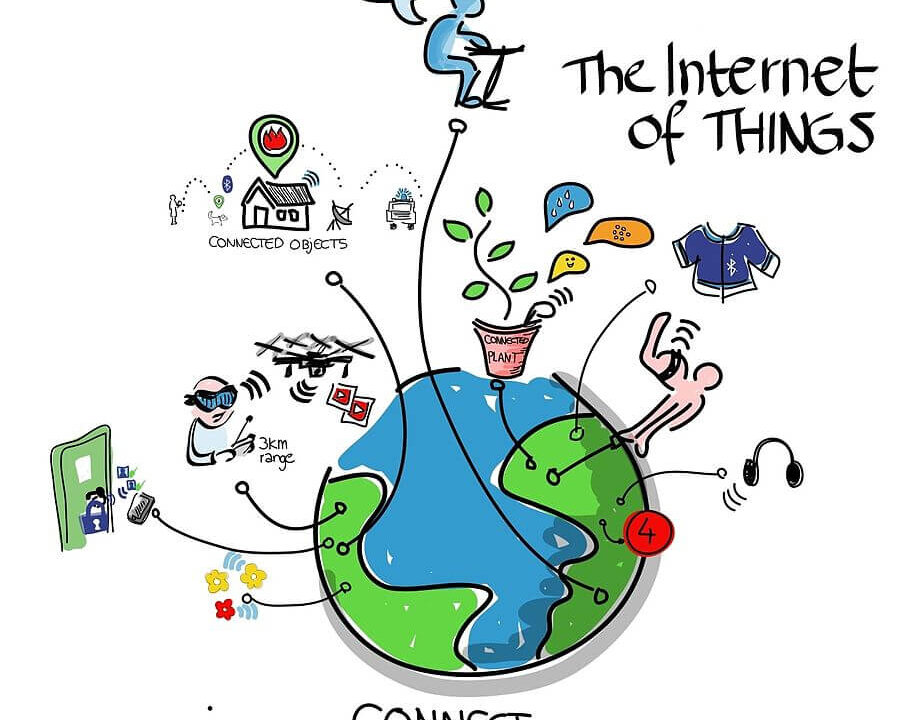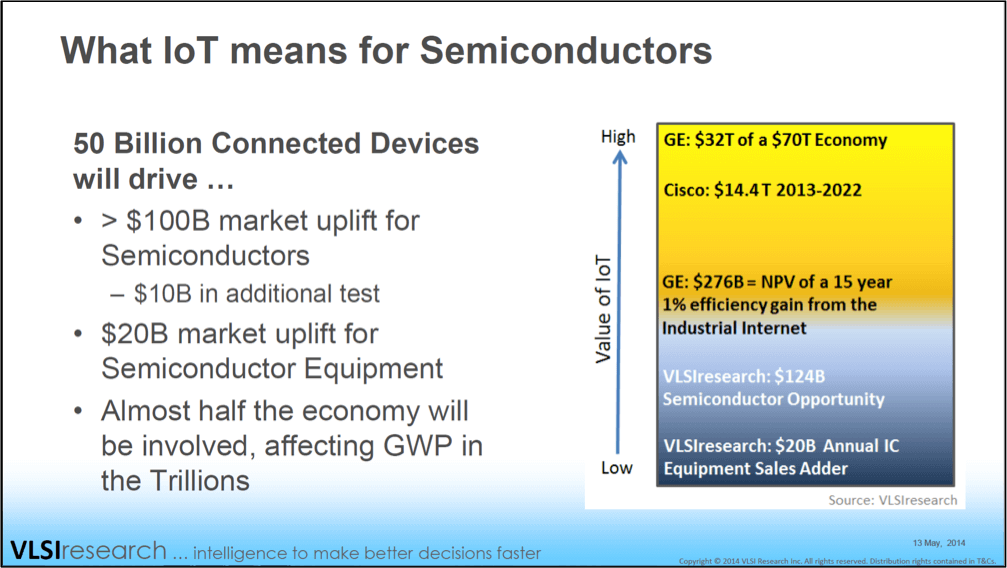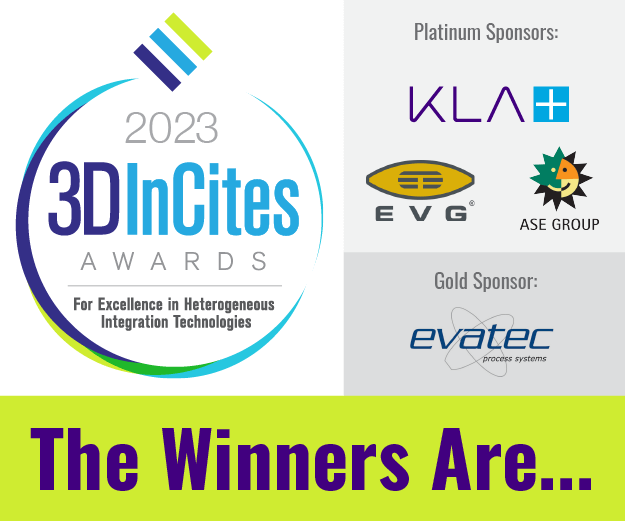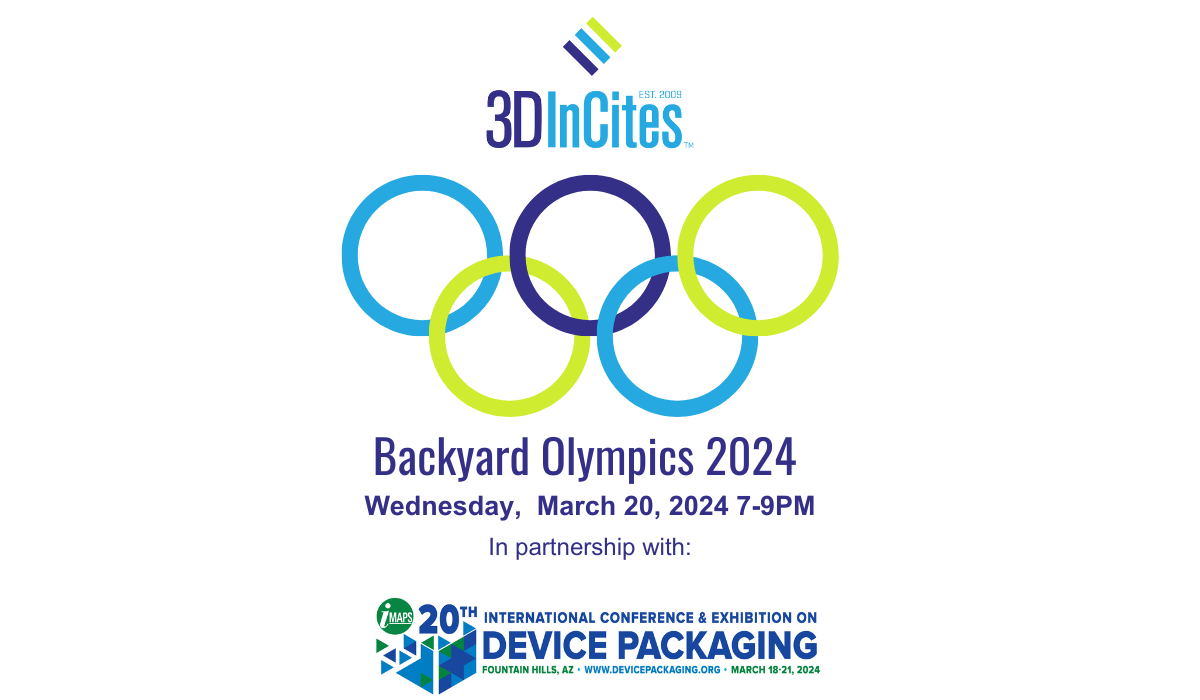Years ago I saw Dr. Wayne Dyer on Public Television. He talked about “The Power of Intention”. The engineering-driven half of my mind didn’t pay much attention to such a mushy topic…. until Dr. Dyer confused me with what sounded like a play on words. He said “When you change the way you look at things, the things you look at change!” Thanks to my digital video recorder, I was able to go back to the beginning of his talk and followed his entire message attentively, mostly with the humanities-focused half of my mind.
Why am I boring you with this mushy story? Allow me to explain: Since 2008 I have spent a significant part of my time promoting 2.5D and 3D IC technology. I am convinced that the worsening economics of Moore’s Law will eventually force a paradigm change, and 2.5D/3D ICs may take over as enablers of our semiconductor industry’s continued growth and profitability. Maybe this blog about the Internet of Things (IoT) will encourage you to change the way you look at 2.5D and 3D ICs and consider this new technology for your next system and IC design.
So far, higher initial component cost of 2.5D and 3D ICs has discouraged system-architects and IC designers to look at the bigger picture and evaluate the system cost savings and performance improvements they can offer. Maybe Dr. Dyer’s message can encourage you to look at this new technology from a system perspective – and evaluate their benefits for your entire system. The higher profit margin achievable with smaller, lower power, faster and smarter systems may outweigh the initially higher component cost.
Another drawback for 2.5D and 3D ICs has been the lack of a killer application. Several “Internet of Things” (IoT) presentations I heard in the last two weeks have raised my hopes for IoT to become a high volume 2.5D/3D opportunity – if we change the way we look at 2.5D and 3D IC from a system-benefits perspective.
Cadence recently held an IoT panel discussion, organized by the World Affairs Council. With a moderator from Stanford’s Law School, the panelists from ARM, Cisco, eBay and GE expressed their companies’ commitment to IoT and explained the benefits they and their customers will enjoy. They also talked about how much easier smart devices and machine-to-machine communication will make our lives as manufacturers, health-care professionals, teachers and students; as well as consumers. These companies are fully aware of the current privacy-and security concerns, and look to lawyers and security-experts to address these challenges.
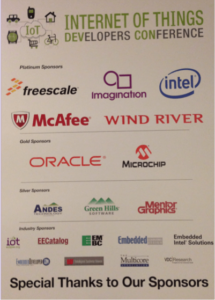 The recent multi-core conference at the Hyatt in Santa Clara offered an IoT track. It gave exhibitors and presenters a great opportunity to convey their IoT expertise, describe how the IoT is being utilized today and how the peripheral devices capture, pre-process, and store data as well as how they communicate with local and central hosts. Most of the IoT peripheral devices described at the conference have to perform digital, analog, and RF functions, and contain MEMS, memory, power-management circuits, and/or even energy harvesting components. The already have strong support from software developers and IC vendors for IoT, and all these heterogeneous functions needed for the IoT suggest to me that 2.5D ICs should be considered as possible solutions now and 3D ICs as cost-reduction effort later.
The recent multi-core conference at the Hyatt in Santa Clara offered an IoT track. It gave exhibitors and presenters a great opportunity to convey their IoT expertise, describe how the IoT is being utilized today and how the peripheral devices capture, pre-process, and store data as well as how they communicate with local and central hosts. Most of the IoT peripheral devices described at the conference have to perform digital, analog, and RF functions, and contain MEMS, memory, power-management circuits, and/or even energy harvesting components. The already have strong support from software developers and IC vendors for IoT, and all these heterogeneous functions needed for the IoT suggest to me that 2.5D ICs should be considered as possible solutions now and 3D ICs as cost-reduction effort later.
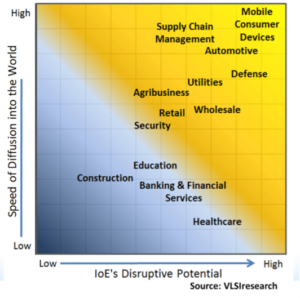 The keynote at VOICE, this week’s Advantest Developer Conference, added the IoT business potential to the technical information I had captured so far. Risto Puhakka, President of VLSIresearch, projected in his Beyond Smartphones and Tablets, presentation the enormous potential peripheral IoT devices will represent for our industry. He went beyond IoT and referred to the “Internet of Everything” (IoE), defined by Cisco as bringing together people, process, data, and things to make network connections more relevant and valuable than ever. Risto elaborated on the many aspects in our lives that IoE will impact and suggested which areas are likely early adopters and which ones may lag.
The keynote at VOICE, this week’s Advantest Developer Conference, added the IoT business potential to the technical information I had captured so far. Risto Puhakka, President of VLSIresearch, projected in his Beyond Smartphones and Tablets, presentation the enormous potential peripheral IoT devices will represent for our industry. He went beyond IoT and referred to the “Internet of Everything” (IoE), defined by Cisco as bringing together people, process, data, and things to make network connections more relevant and valuable than ever. Risto elaborated on the many aspects in our lives that IoE will impact and suggested which areas are likely early adopters and which ones may lag.
Last, but not least, Risto showed the impact VLSIresearch and other major players project IoT to have:
Based on my 35+ years of working in our industry, I am not concerned about the currently un-attractive component cost of 2.5D and 3D-ICs. I was able to charge for the first FPGAs I sold US $ 1.- per gate, while I got “only” 2 cents per gate for the first gate arrays I sold. I stayed out of jail for these highway robberies, because my customers knew that these prices were bound to come down. FYI, today, 2 cents buys1 Million gates!!!
If you look at Francoise’s recent reports from SEMICON Singapore, you’ll also conclude that 2.5D and 3D-ICs component cost is bound to come down in the near future and the increase in system-value they’ll provide will exceed the cost of these components. As Dr. Wally Rhines expressed in his dinner keynote at EDPS in April, we have been and will remain on a learning curve, because we’ll continue to innovate.
Your comments about 2.5D / 3D-IC cost reductions and IoTs’ potential for driving volumes, please! ~ Herb




